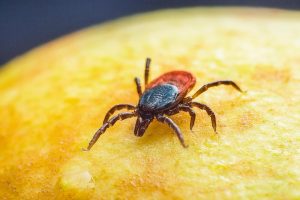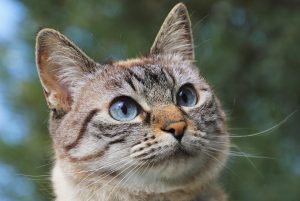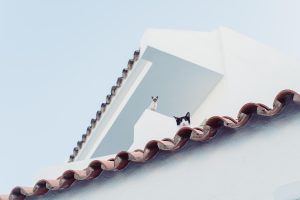
As a cat owner, it is essential to ensure your feline friend is as healthy as possible. Sometimes, despite your best efforts, your cat may appear thin even though they seem happy and active. Understanding the possible reasons behind this and knowing how to address the issue is crucial for your cat’s well-being. This comprehensive guide will explore the factors contributing to a cat’s thin appearance and offer actionable advice to help you maintain your cat’s health and wellness.
Understanding Your Cat’s Body Condition
Before jumping to conclusions about your cat’s weight, it’s vital to understand what constitutes a healthy body condition for cats. Cats come in various breeds and sizes, and their ideal weight can vary significantly. A simple visual and tactile examination can help you assess your cat’s body condition:
- Rib Check: You should be able to feel your cat’s ribs with gentle pressure but not see them. If the ribs are visible without touching, your cat may be underweight.
- Waist Check: When viewed from above, your cat should have a visible waist behind the ribs.
- Abdominal Tuck: The abdomen should be tucked up behind the rib cage when viewed from the side.
Factors Contributing to a Thin Appearance
1. Metabolic Rate
Just like humans, some cats have a naturally higher metabolism. These cats tend to burn calories faster and may appear thinner despite eating adequate quantities of food. High-energy breeds like the Abyssinian or Siamese often fall into this category.
2. Diet and Nutrition
Diet plays a crucial role in your cat’s weight management. Ensure your cat is receiving a balanced diet with the appropriate number of calories. A diet lacking in essential nutrients or calories can lead to weight loss and a thin appearance. Consult your veterinarian to determine the best diet for your cat’s specific needs.
3. Parasites
Internal parasites, such as worms, can deprive your cat of essential nutrients. Common signs of a parasitic infection include weight loss, a potbellied appearance, and a dull coat. Regular deworming and fecal examinations are important preventive measures.
4. Stress and Anxiety
Like humans, cats can experience stress and anxiety, leading to a decrease in appetite and weight loss. Changes in the household, such as a new pet or family member, can trigger stress. Providing a stable and comforting environment is essential for minimizing stress-related weight loss.
5. Underlying Health Issues
Several medical conditions can cause weight loss in cats, including hyperthyroidism, diabetes, chronic renal disease, and gastrointestinal disorders. If you notice unexplained weight loss in your cat, a thorough veterinary examination is recommended to rule out these conditions.
Tips for Maintaining Your Cat’s Health and Wellness
1. Regular Veterinary Check-Ups
Routine veterinary visits are essential for monitoring your cat’s health. Regular check-ups allow for early detection of potential health issues and ensure that your cat receives the necessary vaccinations and preventive care.
2. Optimal Nutrition
Work with your veterinarian to select a high-quality cat food that meets your cat’s nutritional needs. Ensure the food is appropriate for your cat’s life stage, activity level, and any health conditions. Avoid overfeeding or underfeeding, and provide fresh water at all times.
3. Parasite Prevention
Maintain a regular schedule for parasite prevention, including flea control and deworming. Your veterinarian can recommend the best products and frequency based on your cat’s lifestyle and risk factors.
4. Stress Reduction
Create a calm and stable environment for your cat. Provide plenty of enrichment activities, such as interactive toys and climbing structures, to keep your cat mentally stimulated. Consider using pheromone diffusers to help alleviate stress.
5. Monitoring and Record Keeping
Keep track of your cat’s weight, appetite, and behavior. Regular monitoring allows you to detect any changes early and seek veterinary advice if needed. Keep a record of your cat’s veterinary visits, vaccinations, and treatments for reference.
Conclusion
Understanding why your cat may be thin despite appearing healthy is the first step in ensuring their long-term health and wellness. By recognizing the factors that can contribute to a thin appearance and implementing actionable strategies, you can help your cat maintain a healthy weight and live a happy, active life. Remember that each cat is unique, and working closely with your veterinarian is essential in developing a personalized care plan for your feline companion.








